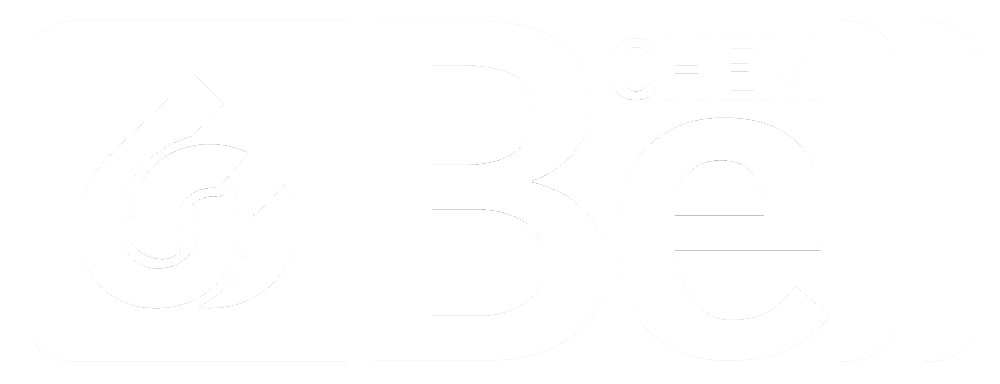Acid Cleaners vs. Alkaline Cleaners
Choosing the correct cleaner and disinfectant for your work surfaces is critical. Chemically, cleaners are generally divided into 2 categories: acidic cleaners and alkaline cleaners. Both perform exceptionally well, but a difference exists outside their being on opposite sides of the pH scale. What exactly is the difference between an acidic cleaner compared to a basic (alkaline) cleaner? Sanitation ingredient supplier Bell Chem wishes to shed light on this conundrum with information pertaining to both and how they can be utilized to the best of their functionality.
As a refresher, “pH” is parts hydrogen, or how many hydrogen ions are in a solution. The pH scale begins at 1 and continues to 14 with the center, 7, being neutral. We consider water to be the neutral pH of 7 with an equal number of hydrogen (H+) ions and hydroxide (OH-) ions. Add the hydrogen and hydroxide ions together and H2O is the result. Any solution with a pH less than 7 is considered acidic while solutions greater than pH 7 are alkaline. Weak acids and alkalis are closer to 7 with strong acids and bases skirting the perimeter of the pH scale.
Here are some examples of how different cleaners are used across industries:
Janitorial services: This industry turns to alkaline cleaners for removing grime and dirt from surfaces or waxed floors, and the
Restaurant and food and beverage: These industries rely heavily on alkaline cleaners to emulsify fat, grease, oil, and wax and keep surfaces clean.
Restaurant and food processing: Acids effectively eradicate biofilm from surfaces.
HVAC environments: Slightly alkaline cleaners are ideal here because they remove water-soluble coolants. This same power is harnessed to disrupt molecular bonds in oils to remove them from heavy machinery.
Public restrooms: Using weak acid cleaners to remove hard water, soap residue, rust, or other mineral deposits expedites the task.
Water treatment facilities: A strong acid applied to hard water deposits in sanitation stations or water treatment facilities removes rust and other corrosives.
Dairy farmers: These farmers find glycolic acid’s affinity to metals ideal in removing casein residue from stainless steel.
These cleaners have many industrial uses, and they all have unique abilities to clean especially difficult areas. Because they react favorably to metals, acids are employed to brighten aluminum and brass. Highly alkaline cleaners focus on emulsification as well as removing traces of carbon and paint. Glycolic acid is strong enough to dissolve concrete, but safe enough to use on a variety of metals. Knowing which cleaner is best utilized with your specific problem will ensure an easier method of removing unwanted dirt and corrosion. Look to Bell Chem for all your chemical cleaning needs.
Bell Chem is a sanitation ingredient supplier based in Longwood, FL (just north of Orlando) with hundreds of products stocked in their 50,000+ square-foot warehouse, including a strong line of acidic and alkaline cleaning products. You can expect the highest quality products, expedited shipping options for maximum efficiency, and unrivaled personalized customer service from Bell Chem. Let our knowledgeable and friendly customer service representatives and accounting staff personalize all your needs by either calling 407-339-BELL (2355) or by sending us an online message.
